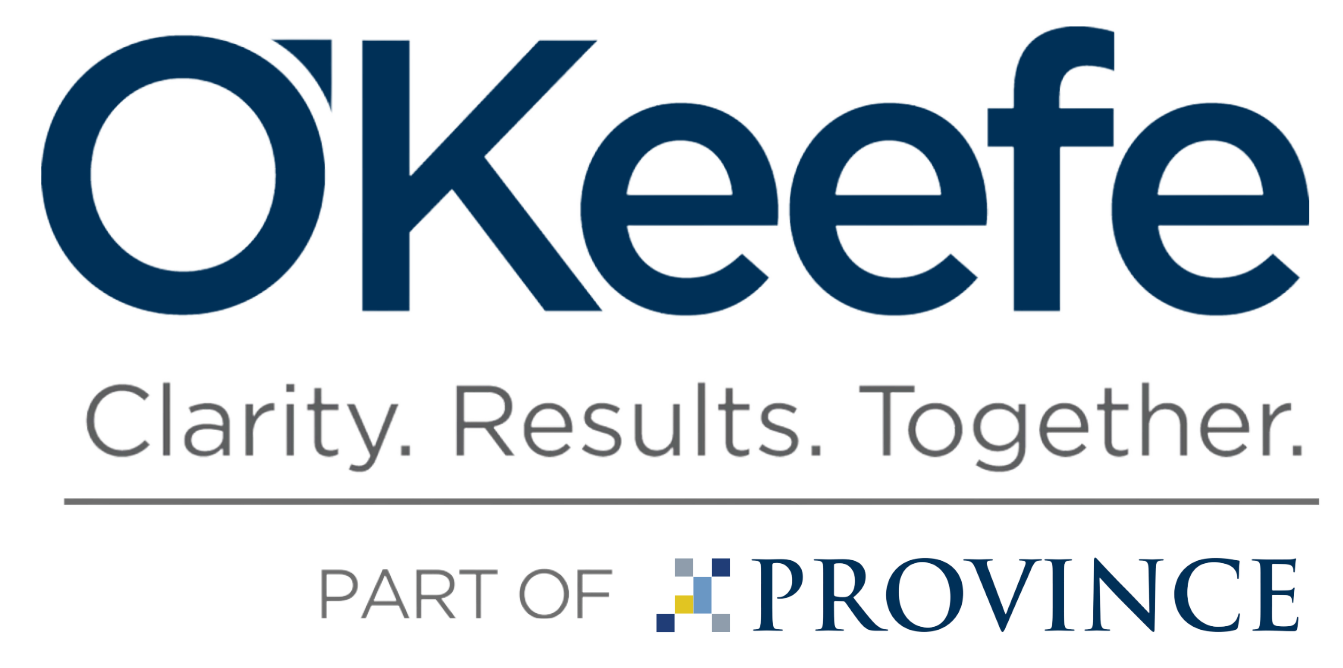Mezzanine Debt: What is it and when to use it
Debt is defined as an obligation that requires one party, the borrower or debtor, to pay money or other agreed-upon value to another party, the lender or creditor. However, not all debt is created equal, and each has its place in a company’s capital structure. Most companies utilize some form of debt to finance their activity, whether funding operations, acquiring another company, or engaging in a major purchase. Debt is classified as senior debt, junior debt, revolving debt, or convertible debt. It can be secured, subordinated, or unsecured, and payment terms can range from 3 months to 30 years or more.
Many closely held private companies encounter funding gaps when obtaining the senior debt financing necessary to support sales growth, new product/market development, or capital projects. Funding gaps can occur for many reasons including:
- Accounts receivable, inventories, and fixed assets do not provide the collateral basis that senior lenders require to secure their debt.
- The balance sheet contains significant intangible assets, which many senior lenders do not consider acceptable collateral.
- Senior lenders often have debt ceilings or senior debt ratios that limit the amount of total debt they are willing to provide.
The use of hybrid debt/equity investment known as mezzanine financing can be a viable alternative to provide necessary capital. Mezzanine debt is a layer of funding that fits between senior debt and equity. It is used to fill the funding gap resulting from insufficient capital available to an organization. In a broader sense, mezzanine debt may take the form of convertible debt, junior debt, subordinated debt, private “mezzanine” securities (debt with warrants or preferred equity), or second lien debt, and is sometimes referred to as quasi-equity.
Structurally, mezzanine debt is subordinate to senior debt, but senior to common stock or equity. Mezzanine financing is customized to the specific cash flow needs of the borrower and can provide leverage needed to gain access to more senior debt capital. It can also reduce the need for equity and resulting shareholder dilution. This leverage leads to higher returns on equity. Most mezzanine loans offer more flexible payment terms that are balanced with the cash flows of the company and are repaid either through cash generated by the business, a change-of-control sale, or recapitalization of the company.
Since mezzanine financing is subordinate to senior debt, it carries higher risks, and accordingly higher interest rates. Typically, mezzanine rates range from 12-20%, which is higher than the rates typically charged on secured ordinary debt. The pricing of a combination of senior debt and mezzanine debt can be comparable to that of a high yield note. While additional liquidity can be obtained from equity investors, equity is the most expensive source of capital and by its very nature, dilutes existing shareholders. As a result, mezzanine debt can be an attractive alternative to obtain much needed capital. Companies that can benefit from supplementing their senior debt with mezzanine financing rather than equity financing include:
- Companies with good growth prospects but have experienced recent losses.
- Companies with adequate cash flows but a lack of lendable collateral.
- Companies that can only obtain senior debt with unacceptably high interest rates, restrictive covenants, or personal guarantee provisions.
- Companies that do not want to dilute their ownership with equity financing.
Mezzanine financing offers other benefits to companies focused on optimizing their capital structures and expanding access to funding. Senior lenders like mezzanine debt and view it as a means to put more capital to work while minimizing their overall risk, extending credit with more attractive terms, and relinquishing the need for personal guarantees.
While there are no hard and fast rules for optimizing a company’s capital structure, companies that use an efficient combination of senior debt, mezzanine debt, and equity capital, tend to have a lower overall weighted average cost of capital and a higher return on equity.


